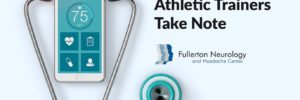
In neurology, vitamin D is important in two settings: epilepsy and multiple sclerosis. The older enzyme-inducing anti-epileptic medications, such as phenytoin (Dilantin) and phenobarbital, are no longer widely used in the US. They increase metabolism of vitamin D, resulting in lower levels and thereby increase bone density loss (osteopenia) which increases risk of fractures, especially… Read more »






Recent Comments